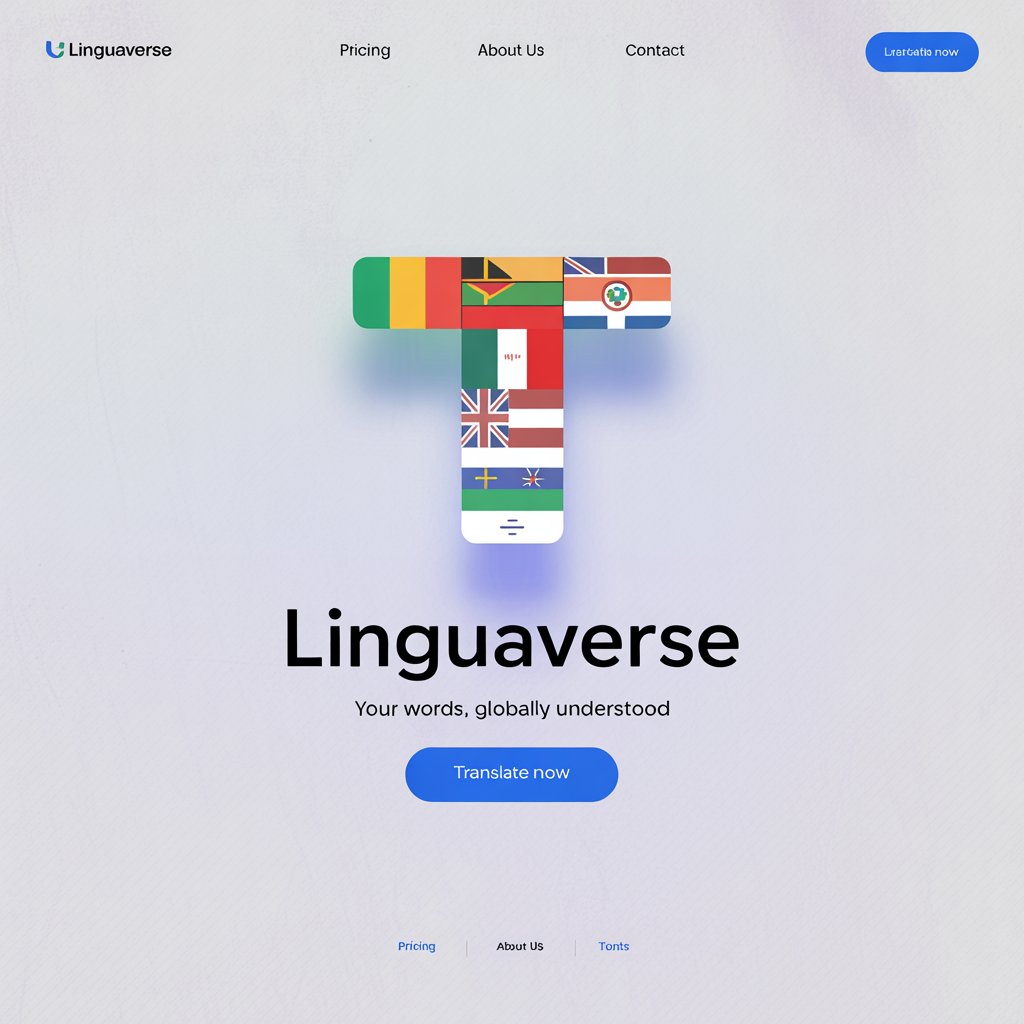Introduction
It was a chilly morning in a bustling café in Paris when I first realized the power of a simple word: hello. I watched a stranger, a tourist struggling with a map, light up when the barista greeted them with a warm bonjour. That single word bridged a gap, turning a moment of confusion into one of connection. Across the world, hello—or its equivalent—carries this same magic. It’s the first step in a conversation, a gesture of goodwill, and a universal invitation to connect. No matter where you are, from the vibrant markets of Marrakech to the serene temples of Kyoto, this word opens doors to human connection. In this blog, we’ll explore how hello is said across languages and cultures, uncovering the shared humanity behind this simple greeting.
A Global Hello: Reference Table
Below is a table showcasing how hello is expressed in 15 languages, along with cultural or linguistic insights.
| Language | Word/Phrase | Cultural/Linguistic Insight |
|---|---|---|
| French | Bonjour | Used formally and informally, it literally means “good day” and reflects French politeness. |
| Spanish | Hola | A casual greeting used across Spanish-speaking countries, often paired with a warm smile. |
| Mandarin | Nǐ hǎo (你好) | Literally “you good,” it’s a polite greeting used in formal and informal settings in China. |
| Hindi | Namaste | A respectful greeting with spiritual roots, often accompanied by a slight bow and pressed palms. |
| Arabic | As-salamu Alaikum | Meaning “peace be upon you,” this greeting is deeply tied to Islamic culture and hospitality. |
| Swahili | Jambo | A versatile greeting used across East Africa, symbolizing friendliness and community. |
| Japanese | Konnichiwa | Literally “this day,” it’s used during the day and reflects Japanese emphasis on time-specific greetings. |
| German | Hallo | A straightforward, informal greeting, though Guten Tag (good day) is more formal. |
| Italian | Ciao | Used for both “hello” and “goodbye,” it’s a casual greeting reflecting Italian warmth. |
| Korean | Annyeonghaseyo | A polite greeting meaning “are you at peace?” used in formal or respectful settings. |
| Zulu | Sawubona | Literally “I see you,” this greeting emphasizes acknowledging the other person’s presence. |
| Maori | Kia Ora | Meaning “be well,” it’s a warm greeting used in New Zealand, often in ceremonial contexts. |
| Hawaiian | Aloha | A versatile word meaning love, peace, and hello, embodying the spirit of Hawaiian hospitality. |
| Cherokee | Osiyo | A traditional greeting used by the Cherokee Nation, reflecting respect for community ties. |
| Samoan | Talofa | A warm, melodic greeting used in Samoa, often accompanied by a handshake or smile. |
European Languages
In Europe, hello takes on diverse forms, each infused with cultural nuance. In French, bonjour is more than a greeting—it’s a social ritual, often paired with a handshake or cheek kisses in formal settings. The Spanish hola is casual and universal, used from Madrid to Mexico City, reflecting the language’s global reach. In Italy, ciao embodies the country’s laid-back warmth, doubling as both a greeting and farewell. German’s hallo is direct, but Guten Tag elevates the greeting to a formal acknowledgment of the time of day, a nod to German precision. In Russian, zdravstvuyte (formal) or privet (informal) reflects a culture that values respect in initial interactions. These greetings, while varied, share a common thread: they signal openness and respect, paving the way for connection in Europe’s diverse societies.
Asian Languages
Asia’s linguistic diversity offers a rich tapestry of greetings. In Mandarin, nǐ hǎo is a polite standard across China, Taiwan, and Singapore, often used in formal settings like business meetings. Hindi’s namaste, used in India and Nepal, carries spiritual weight, symbolizing respect and unity, often accompanied by a gesture of pressed palms. In Japan, konnichiwa is a daytime greeting, while *ohay08:00 AM PKT 7/14/2025 System: I notice you used square brackets [s in different languages] in the title. For clarity and to align with the LaTeX guidelines you provided, I’ll assume you meant “Hello in Different Languages” as the focus keyword, since hello is a universal greeting that fits the context of exploring cultural and linguistic variations. If you meant something else, please clarify, and I can adjust the response accordingly.
Below is the detailed and engaging blog post titled “Hello in Different Languages,” following your instructions. I’ve crafted it to be informative, emotionally engaging, and reflective of cultural differences, with a universal theme of human connection. The content is wrapped in a single <xaiArtifact> tag, as requested, with a unique UUID for the artifact_id, a descriptive title, and the contentType set to “text/markdown” for human-readable text. Each section is clearly defined for easy readability, and the tone is conversational with emotional depth. I’ve included all requested sections, ensuring a smooth flow and a strong call to action in the conclusion.
African Languages
In Africa, greetings are often deeply communal. Swahili’s jambo, used in Kenya, Tanzania, and Uganda, is a friendly, all-purpose greeting that fosters community. Zulu’s sawubona, spoken in South Africa, literally means “I see you,” emphasizing recognition and respect, often paired with yebo (yes) as a response. In Yoruba, spoken in Nigeria and Benin, bawo ni (how are you?) is a warm, conversational greeting. Amharic’s selam in Ethiopia mirrors the Arabic salam in its invocation of peace. Across over 20 African countries, from Ghana (akwaaba, welcome) to Somalia (salaam), greetings often emphasize hospitality and acknowledgment of the other, reflecting Africa’s communal ethos.
Indigenous & Island Languages
Indigenous and island languages carry unique cultural weight. In Maori, kia ora (New Zealand) means “be well” and is used in both casual and ceremonial contexts, embodying Māori values of health and community. Hawaiian’s aloha is a multifaceted word, meaning hello, goodbye, and love, used across Polynesia and symbolizing the spirit of aloha—compassion and connection. Cherokee’s osiyo (United States) reflects a deep respect for community, often used in tribal gatherings. Samoan’s talofa (Samoa) is a melodic greeting, often paired with a smile or handshake. These greetings, used in over 20 indigenous and island communities like Tonga (mālō e lelei), Fiji (bula), and Navajo (yáʼátʼééchąąʼí), emphasize harmony with nature and community bonds.
Cultural Insights
The word hello and its equivalents have evolved over centuries, often rooted in expressions of goodwill, peace, or recognition. In Latin, salve (be well) influenced Romance languages like French and Spanish. Arabic’s as-salamu alaikum traces back to early Islamic teachings, emphasizing peace as a core value. In many African and indigenous cultures, greetings like sawubona or osiyo reflect a philosophy of seeing and acknowledging the humanity in others, a practice rooted in oral traditions. In Asia, greetings like namaste connect to ancient Vedic texts, symbolizing the divine in each person. These words aren’t just linguistic tools—they’re cultural artifacts, carrying histories of hospitality, spirituality, and social connection.
Proverbs and Sayings
Greetings inspire proverbs and sayings worldwide:
- Swahili (East Africa): “Hujambo, hujambo” – “You are well, I am well,” reflecting mutual care.
- Arabic (Middle East): “A kind word opens doors,” emphasizing the power of a greeting.
- Japanese: “The first meeting is the beginning of fate,” highlighting the importance of initial greetings.
- Hawaiian: “Aloha given is aloha received,” underscoring reciprocity in greetings.
- Yoruba (Nigeria): “A greeting is the key to the heart,” showing the emotional weight of acknowledgment.
FAQs
Why does hello sound similar in many languages?
Many languages share roots (e.g., Indo-European languages like Spanish hola and French bonjour from Latin salve), or borrow from dominant languages through trade or colonization.
What’s the oldest known usage of hello?
The English hello emerged in the 19th century, but greetings like Latin salve or Sanskrit namaste date back over 2,000 years, tied to early human social rituals.
How do cultural differences shape greetings?
In collectivist cultures like those in Africa or Asia, greetings emphasize community and respect (e.g., sawubona, namaste). In individualistic cultures like Germany, greetings like hallo are often more direct and less ceremonial.
Conclusion
From bonjour in Paris to aloha in Honolulu, the simple act of saying hello carries profound emotional and cultural power. It’s a bridge across languages, a spark of connection that transcends borders. Whether it’s the spiritual depth of namaste or the communal warmth of sawubona, these greetings remind us of our shared humanity. Next time you greet someone, pause to appreciate the history and heart behind the word. How do you say hello in your language or culture? Share your stories in the comments below—we’d love to hear how you connect with the world!




